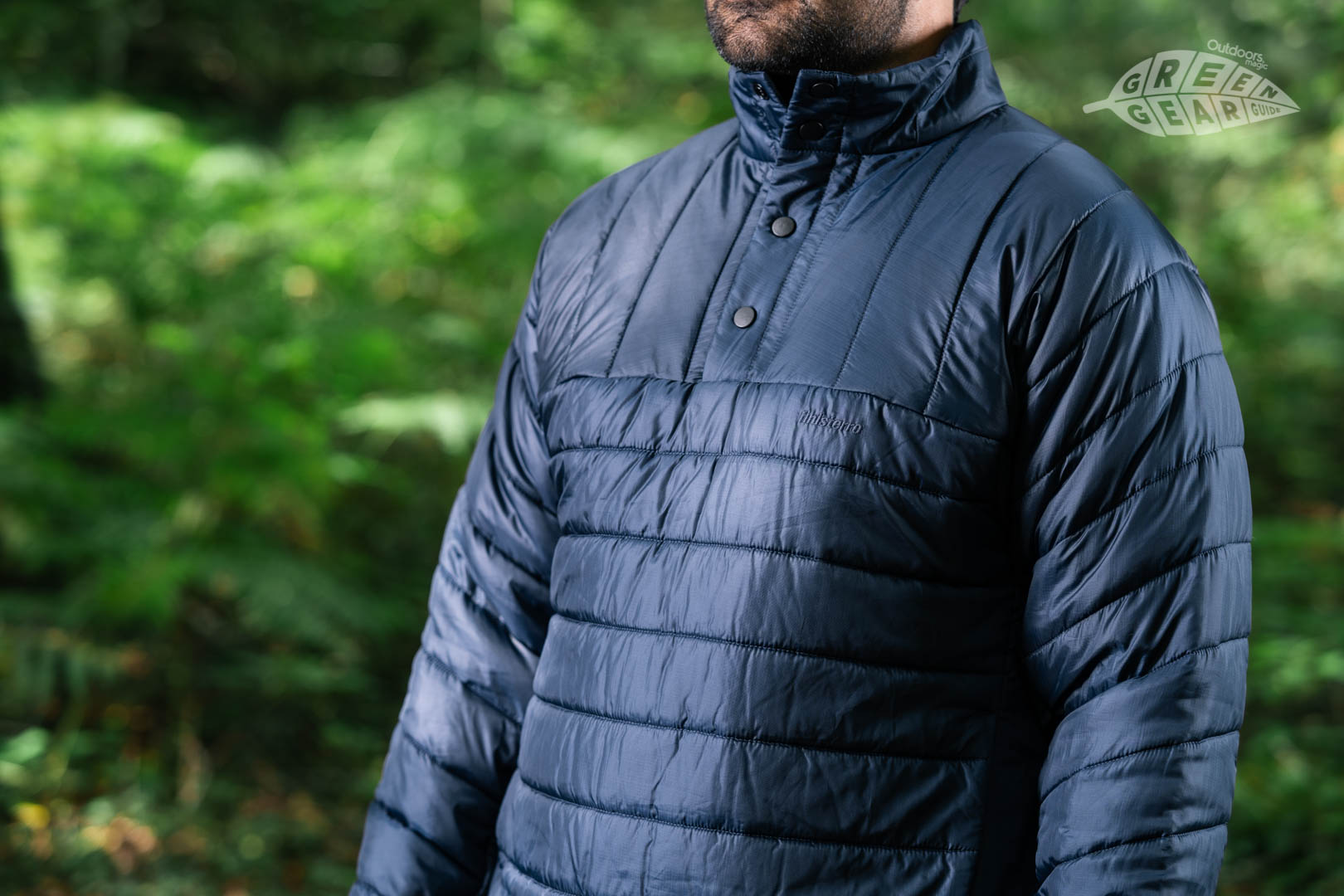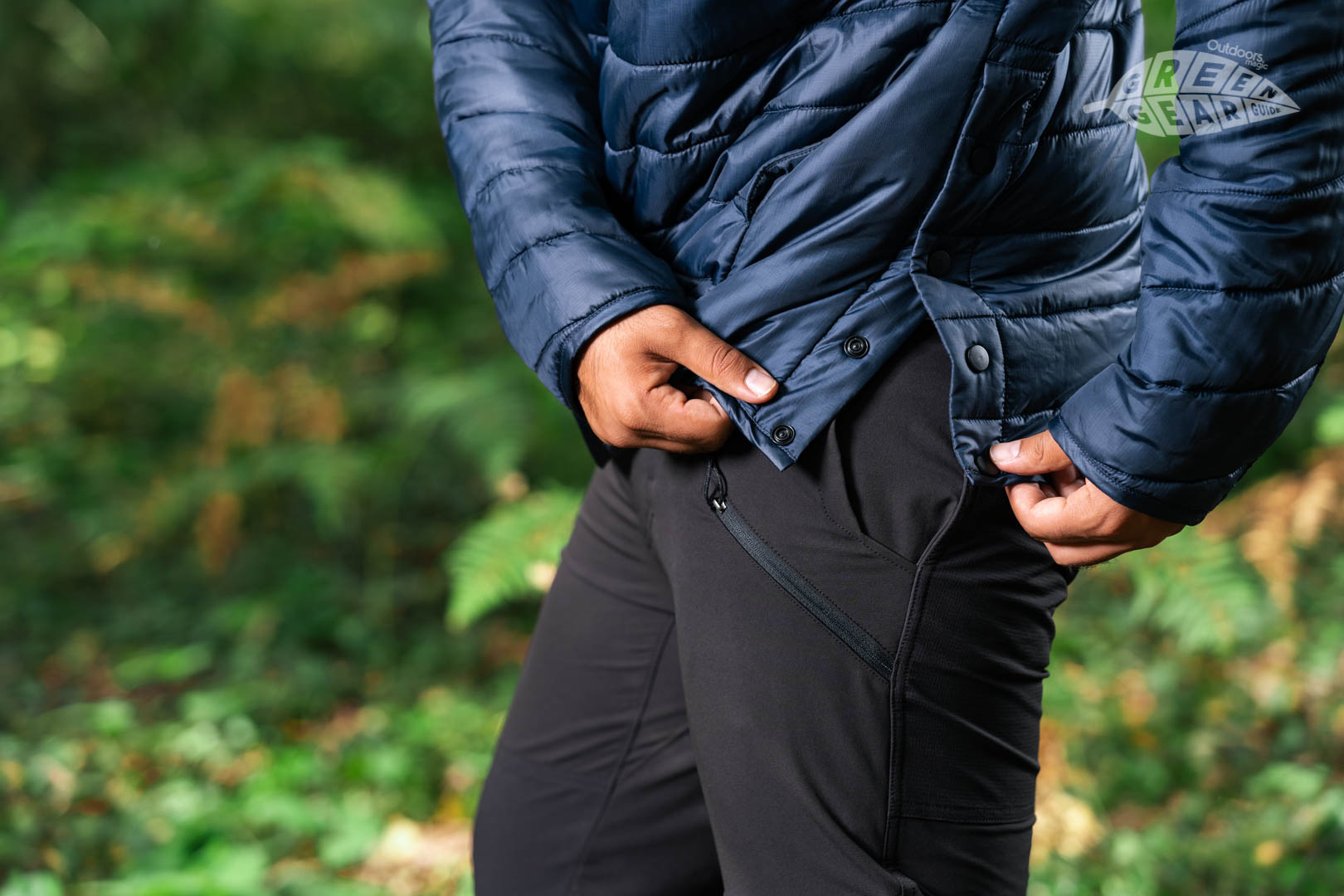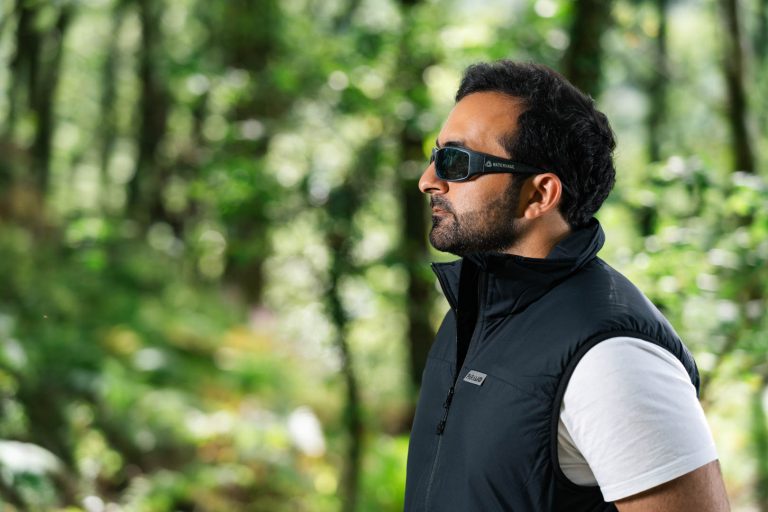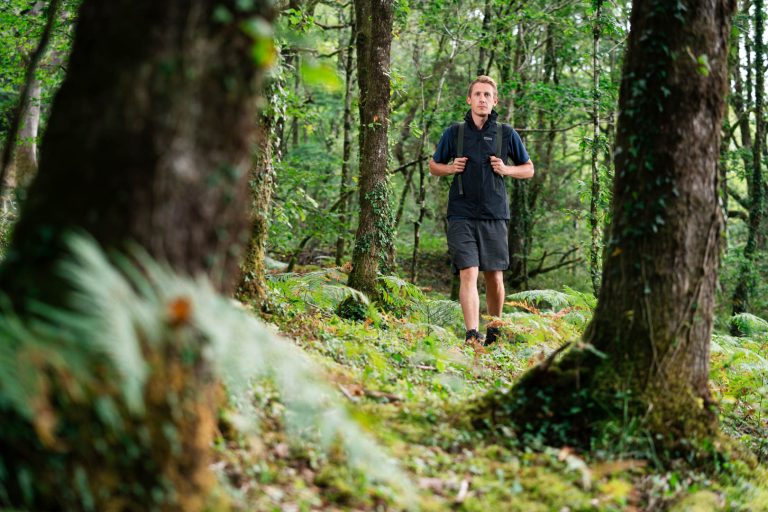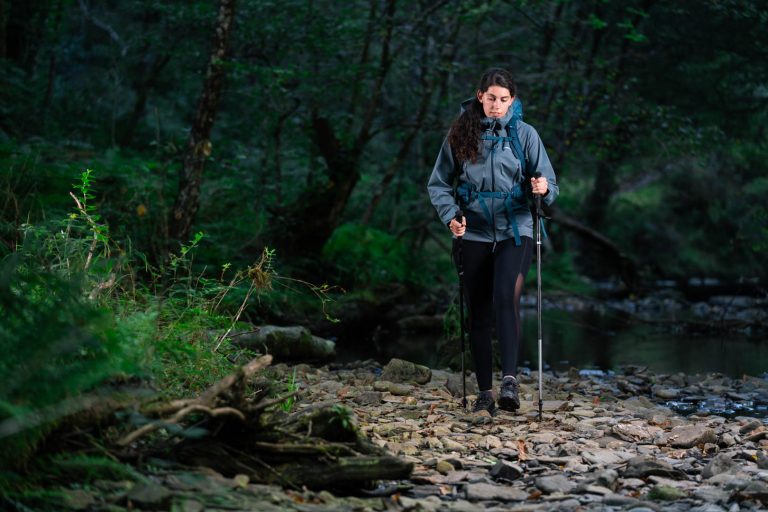Why We Chose It: Stylish, natural wool fill, biodegradable fabrics, climate positive production
Sustainability and the sea sometimes seem to go hand in hand. There’s clearly something about being close to the ocean that fosters a sense of environmental responsibility. Maybe it’s harder to ignore problems like plastic pollution when you see so many discarded bottles and other detritus washed up on the shoreline every day.
Perhaps that’s why Cornwall-based brand Finisterre is such an industry leader when it comes to eco-friendly apparel. And one of the most outstanding examples of their sustainable ethos in action is the new Biosmock – a puffy pullover that managed to nab a Gold Award in the Insulation Apparel Category at this year’s ISPO event, the outdoor industry’s largest international trade show.
What Is The Biosmock Best Suited To?
This is a classic insulated smock with a four-button placket that, style-wise, is a little redolent of Patagonia’s iconic fleece Synchilla Pullover. But unlike a fleece, the Biosmock is both warm and windproof. That makes it a great outer layer for breezy coastal days – ideal for long beach walks and post-surf sessions.
Eco Credentials
Where to start? Maybe with the gushing ISPO jury citation for the product, which reads, “The Finisterre BioSmock is the leading example of the Circular Economy in performance apparel. It’s a practical insulation layer that uses the most advanced fabric technology combined with HD Wool Active Insulation to create comfort in almost every condition. Champions the end-of-life: woven compostable shell & thermoregulating insulation. When all other items are trying to reduce their environmental footprint, this garment has the potential to be climate positive through using regenerative practices.

Sounds impressive, but if you’re a little unsure what all that eco-jargon actually means, let us explain. The smock’s outer shell is made from an innovative new fabric called PrimaLoft BIO, a PFC-free synthetic material that is biodegradable on land and in the sea. That means that when discarded, the fabric will break down in landfill or in the ocean, without leaving microplastics in the soil or the marine environment. It’s a marked contrast to a fibre like polyester, which never degrades.
“In terms of true design this product is specific & damn good.”
Let’s move on. Inside that fabric shell is a layer of insulation made from HD wool, a compound of natural sheep’s wool and PLA (polylactic acid, a plastic made from corn starch or sugar cane). It’s also fully biodegradable, while the wool itself is renewable, fully traceable, ethically produced and sourced from farmers who have signed up to eco schemes to improve biodiversity, soil health, natural irrigation systems and carbon sequestering.


